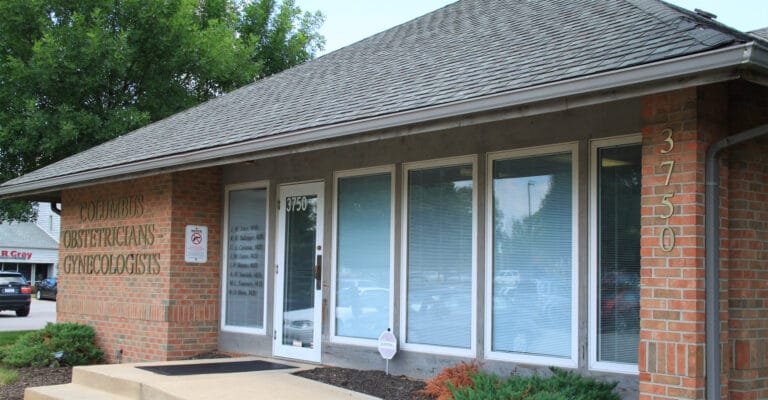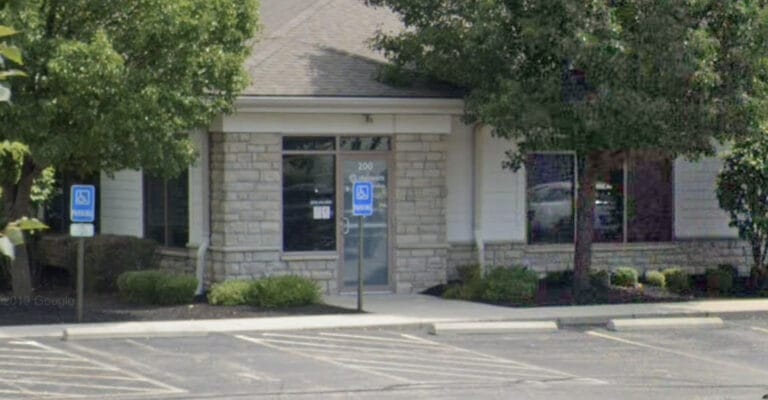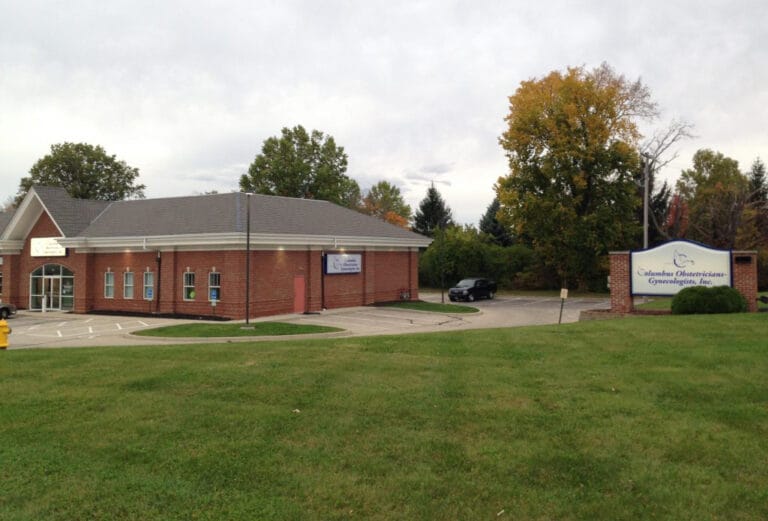A cesarean birth (C-section) is the delivery of a baby through an incision made through a mother’s abdomen and uterus. It was once thought that women who delivered their first child with a C-section must have all other births in the same way. However, we have technology that allows most mothers who have had a C-section to safely have a vaginal birth. This is called vaginal birth after cesarean (VBAC) delivery. Although it is now an option for many women, it still comes with risks. This page will help you learn about VBAC births and if it is right for you.
WHY SHOULD I TRY TO HAVE A VBAC BIRTH?
About 60-80% of women who try VBAC birth succeed and are able to deliver vaginally. Some benefits of VBAC birth include:
- No abdominal surgery
- Lower risk of infection
- Faster recovery
- Shorter hospital stay
- Smaller change of a need for blood transfusions
RISKS OF VBAC
Risks of VBAC include uterine rupture and hemorrhage requiring emergency surgery and the possibility of maternal/ fetal injury/death.
IS VBAC RIGHT FOR ME?
A key factor in deciding whether VBAC is an option is the type of incision that was made in your uterus for your cesarean section because certain scars have more risk of tearing during the next birth. There are three different types of uterine incisions used:
- Low transverse- a side-to-side cute made across the lower, thinner part of the uterus
- Low vertical- an up-and-down cut made in the lower, thinner part of the uterus
- High vertical (classical)- an up-and-down cut is made in the upper part of the uterus
Skin incisions vary in location as well. The skin incision is NOT predictive of the type of uterine incision that is used.
Women with high vertical incision scars have a much greater risk of uterine tearing during birth, as well as women who have had more than one cesarean delivery. A potential rupture of the uterus could be very harmful to you or your baby, and if a doctor does not recommend VBAC, then you should not try it.
Other reasons not to choose VBAC are:
- Problems with the placenta
- Certain serious medical conditions
- Small pelvis/large baby- the baby may be too large to pass safely through your pelvis
- Signs that the baby may have problems during labor or vaginal delivery
If VBAC labor is taking too long or problems arise, you may need an emergency c-section to safely deliver the baby. However, there is a higher risk of infection in women that try VBAC and then need to give birth by c-section.
IN CONCLUSION
VBAC can be a very safe option for many women, depending on your needs. However, it is very important to talk to your doctor about all delivery options and to follow his or her advice on all birthing methods to reduce the risk of complications.







